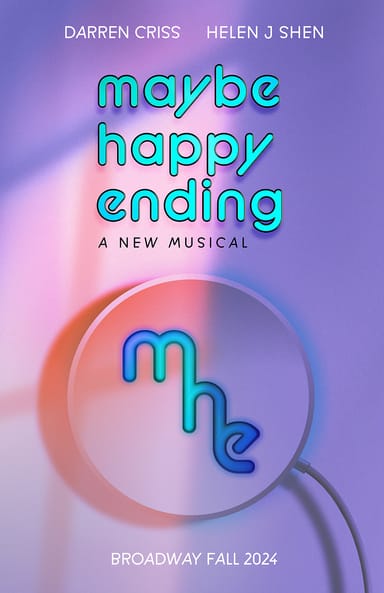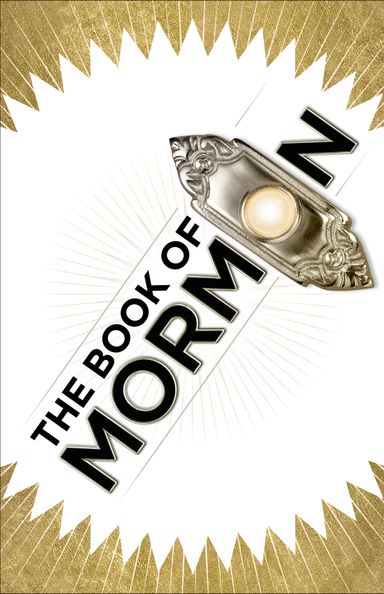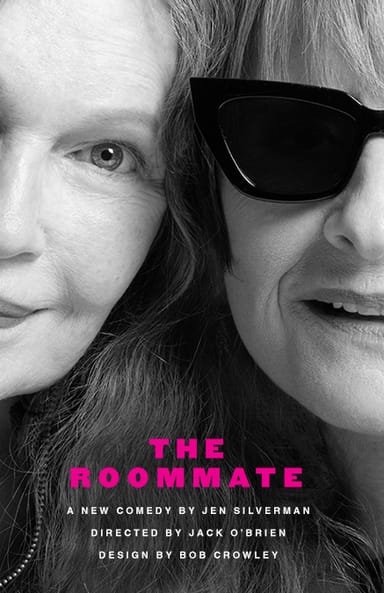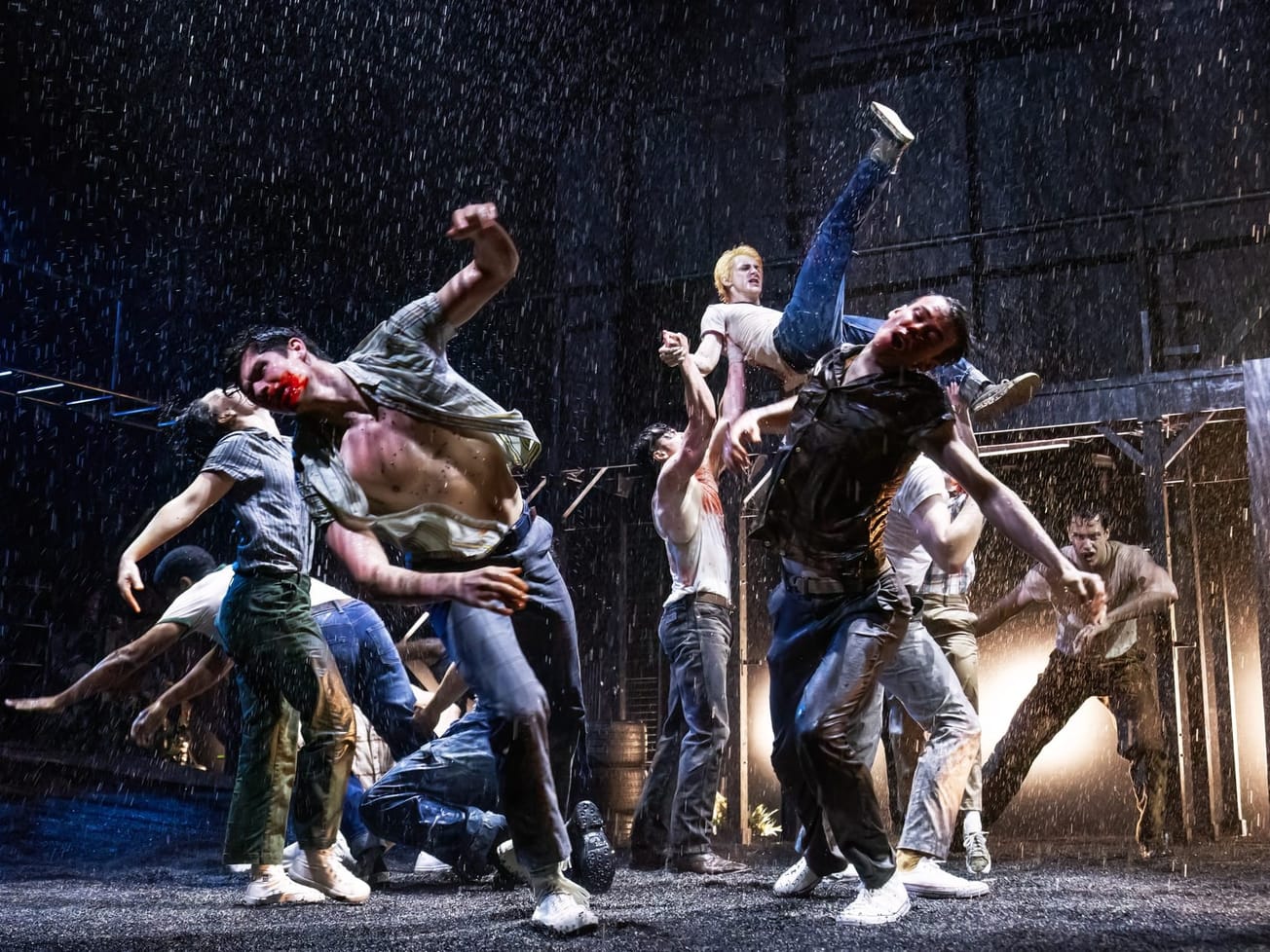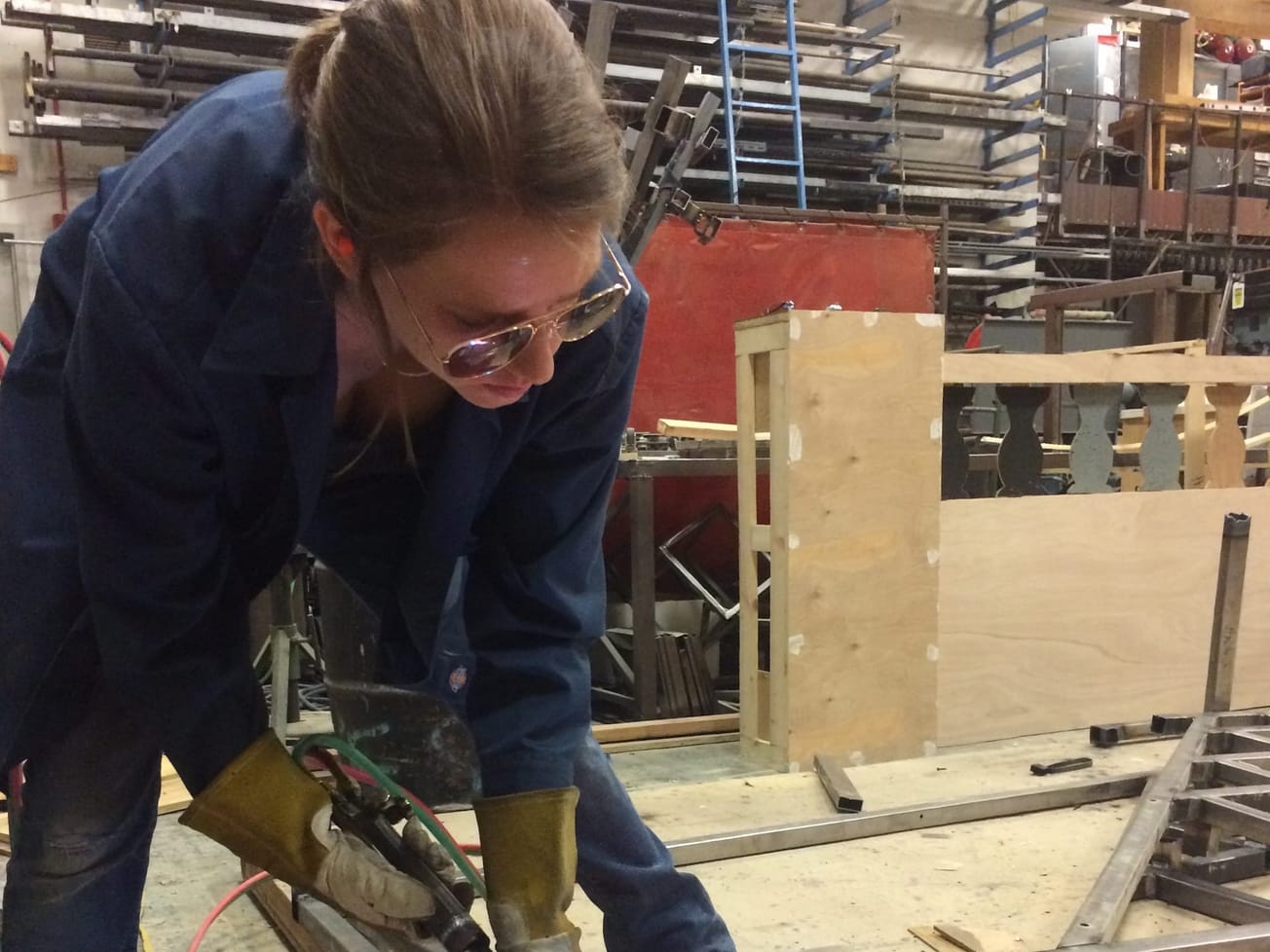The Broadway League, the national trade association for the Broadway industry, published its latest report, “The Demographics of the Broadway Audience 2022-2023,” on Dec. 11. Part of a longitudinal study launched in the 1990s, the annual survey profiles who is coming to Broadway, what their ticket purchasing habits are and how both change over time.
This is the first report published since the pandemic, as 2022-2023 was the first complete Broadway season (comprising of a full 52 weeks) since 2018-2019. The 2019-2020 season was an abbreviated season, as COVID shut down Broadway after only 41 full weeks. While Broadway re-opened in the 2021-2022 season, performances started again piecemeal, rendering the season to a truncated 42 weeks.
During the 2022-2023 season, the League randomly distributed paper surveys to audience members at 50 different Broadway productions at 100 individual performance times. The completed surveys represent a 58% rate of return. Additionally, theatergoers had the option to take the survey electronically using a QR code. The responses collected from both the paper and online surveys brought the sample size to 18,499. The data was then weighted against the attendance figures of each surveyed production.
“Audiences are returning,” said League president Charlotte St. Martin in a statement addressing the latest report. Yet, she acknowledged, “We are not yet back to pre-COVID attendance levels.”
There were 12.3 million admissions to Broadway in the 2022-2023 season, down from the industry’s record-high 14.8 million in 2018-2019. The new report captures the demographic changes as Broadway recovers from the pandemic-induced shutdown.
Geographic location
According to the report, Broadway saw an increase in the percentage of audience members who live in New York City. New Yorkers comprised 21.7% of the Broadway audience, up from 19.5% in 2018-2019. This was complemented by a decrease in the percentage of theatergoers who live in the surrounding suburbs, which, for the purpose of this report, includes residents of Westchester and Rockland Counties, Long Island and northern New Jersey counties. Suburbanites made up 13.6% of the Broadway audience, down from 15.5% in 2018-2019.
International admissions made up 17.2% of the audience, down from 18.9% in 2018-2019. However, within the international group, the percentage of audience members from Canada and Europe increased. Canadian theatergoers made up 3.8% of the audience (up from 3.1%) and European visitors made up a total 7.7% of the audience (up from 7.1%).
In terms of actual number of admissions, domestic visitors had the biggest decrease with 980,000 fewer attendances for 2022-2023 than 2018-2019. However, in terms of percentage, domestic theatergoers made up a larger portion of the Broadway audience. Domestic theatergoers accounted for 47.5% of the audience, compared to 46.1%.
This jibes with the number of domestic and international tourists New York City welcomed in 2022. In the calendar year 2022, according to NYC & Company, there were 47.3 million domestic visitors and 9.4 million international visitors to New York — down compared to 53.1 million and 13.5 million, respectively, in 2019. NYC & Company, the official destination marketing organization for the five boroughs, forecasts an increased number of both types of visitors for the calendar year 2023, indicating a possible increase in Broadway attendance for the current 2023-2024 season.
There is hope in that goal, as 95% of all theatergoers said they were likely to attend another Broadway show at some point in the future. Forty-two percent said they would do so in less than three months. In terms of repeat attenders in 2022-2023, 55.4% of theatergoers said they attended at least two Broadway shows “in the past year.” This is down slightly from 61.4% in 2018-2019.
Age
In 2022-2023, Broadway attracted, on average, a younger audience. The average age of the theatergoer dropped to 40.4 years old from 42.3 years old in the 2018-2019 season. This is more in line with the average age seen in 2017-2018 (40.6), and is the youngest average seen since the 1999-2000 season.
This drop can partially be attributed to the significant dip in admissions by theatergoers age 65 or older. In 2023-2023, there were 1.5 million admissions by senior citizens, compared to 2.3 million in 2018-2019; they made up 12% of the audience in 2022-2023 compared to 15.6%. Perhaps the theatergoers of this age group were hesitant to sit in a filled theater, given they are generally more at risk for COVID.
On the other end of the spectrum, audience members within the 18 to 24 age range, made up 12.2% of the audience, up from 11.2% in 2018-2019.
Race, ethnicity and gender
Broadway saw an even larger increase in terms of diversity.
“The demographics report revealed the highest percentage of audience diversity to date,” St. Martin pointed out, acknowledging BIPOC theatergoers comprised 29.4% of the audience in 2022-2023, up from 26% in 2018-2019. “This is likely from a combination of outreach efforts as well as more shows being written and/or starring people of color.”
The 2022-2023 season demonstrated diversity onstage. For example, the season opened with “The Kite Runner,” featuring a cast of Afghani and other MENASA (Middle East, North Africa and South Asia) actors. The revival of “1776” featured a racially and gender-diverse cast, while shows like “KPOP” and “Ain’t No Mo’” put Asian and Black stories front and center, respectively.
While a direct correlation cannot be attributed, theatergoers who identify as Black made up 5.3% of the audience, a jump from 3.9% in 2018-2019. Asian theatergoers represented 8.9% of the audience, up from 8.6%, while Hispanic/Latin-identifying patrons made up 8.8% of the audience, compared to 8% in 2018-2019. Percentages of audience members who identified as Middle Eastern, mixed race or other remained steady at 1.1%, 2.7% and 2.6%, respectively.
Gender identity-wise, theatergoers who identify as female continue to make up the majority of the Broadway audience, at 65.4% (though this is a decrease from 2018-2019’s 68.3%) Female audience members were overrepresented compared to the United States population, which is 50.5% female. Since 2017-2018, the League has included additional categories besides male and female. The findings indicated that 3.5% of the audience identify as nonbinary, transgender, gender fluid or an additional identification. This is up from 0.5% in 2018-2019.
Purchase habits
There was a significant change in how far in advance ticket buyers made their purchases. In 2022-2023, the surveyed theatergoers bought their tickets an average of 34 days ahead of the performance date, a 27.7% decrease from the 47 days reported in 2018-2019.
New York City residents purchased their theater tickets much closer to the date of performance (24 days ahead of time), compared to domestic visitors, who purchased on average 39 days ahead. On average, international theatergoers purchased 29 days before the performance, however 27.8% of all international visitors purchased the day of the performance.
Transportation
The demographic report included findings on how theatergoers arrived at the theater. Method of transportation has not been included in the published report since 2012-2013.
Over half of all attendees traveled to the theater on foot (37.2%) or by subway (24%).Forty-six percent of those living in the suburbs reported they traveled to the theater by personal car. This could potentially change, if the proposed New York City Central Business District Toll, which includes tolling cars entering the midtown Manhattan area during evening rush hour, goes into effect.
Read the report’s executive summary here.
Published by the League, “The Demographics of the Broadway Audience” analysis is written by Karen Hauser, the League’s long-standing director of research, who started the audience survey efforts in 1996.





















